Description of polymer sand paving slabs and their laying
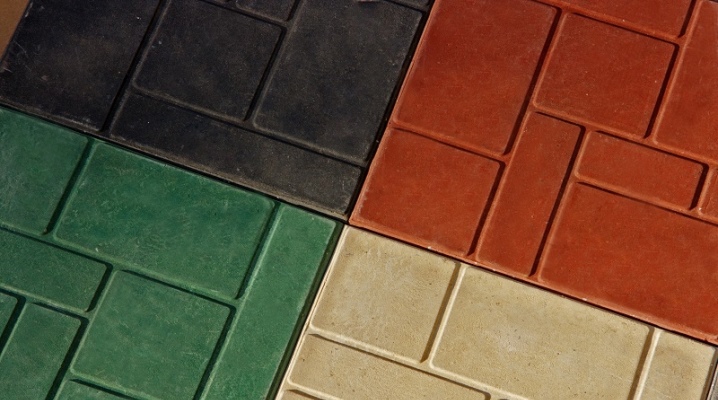
Polymer sand tile is a relatively new sidewalk covering... This material has a number of features and advantages that distinguish it from others. Users especially note the convenient design with a variety of colors, affordable price, reliability.

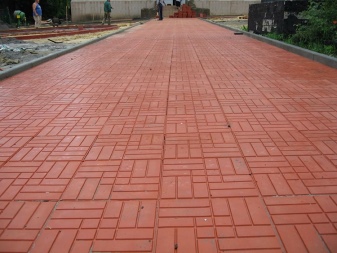
Advantages and disadvantages
Polymer sandy paving slabs have a number of advantages that increase the demand for it.
- Perhaps the most important plus is that the material is able to serve 40 years or more.
- Polymers can tolerate low temperatures well.
- High capacity to moisture absorption, avoids deformation during temperature fluctuations.
- The composition of the tiles is such that it provides plasticity along with strength. Chips and cracks do not appear on the material, which significantly reduces waste during transportation, installation and operation in general.
- Little weight the product makes it convenient both in transportation and in packing. It also allows the tiles to be used as roofing material or for overlapping between floors.
- Low thermal conductivity helps to prevent snow or ice from collecting on the surface of the material.
- No highly slip substances are used in the production of tiles.which makes it a good pavement cover at any time of the year.
- Oils and various acids cannot harm the polymer material.
- The coating has reliable protection against mold, fungi and alkalis.
- Variety of styling methods allows you to resort to the help of professionals or do everything yourself.
- Environmentally friendly polymer tiles stand out favorably against the background of asphalt pavement. Prolonged exposure to high temperatures does not cause the release of various harmful substances, does not affect the properties of the material.
- Easy and fast repair, in which only one element can be replaced.
- Variety of designs and colors. The many geometric shapes of the tiles allow you to create unique options for the design of roads or sites.
Polymer blocks are resistant to heavy loads, for example, they can withstand passenger cars and even trucks.
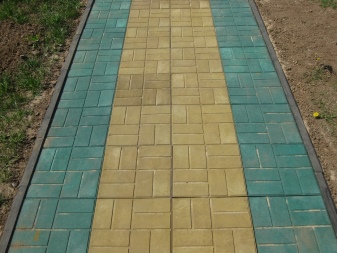
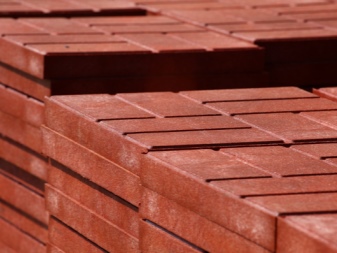
Despite the abundance of positive qualities, polymeric materials also have some disadvantages.
- Blocks can expand when exposed to high temperatures and improper stacking. It is important to maintain the correct gap between the elements (at least 5 mm) and mount only on glue, sand, gravel or cement.
- The cost of polymer sand blocks is not the lowest in comparison with other paving materials. This is due to their high cost.
- Some types of tiles require using expensive tools.
- A component such as plastic makes the tiles slightly flammable. This means that the material will not burn, but may char or deform when exposed to fire.
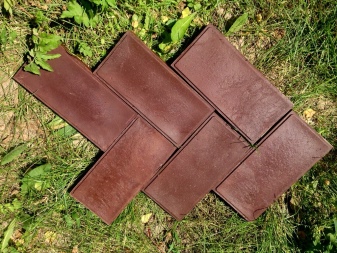
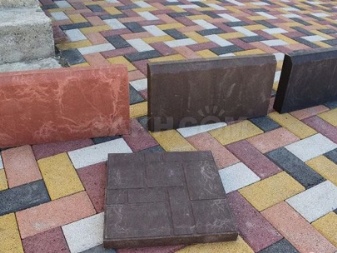
Specifications
Polymer sand products have standard characteristics that may differ depending on the method by which the tile was manufactured. According to the regulations, the density of the block should vary from 1600 to 1800 kg / m², and abrasion - from 0.05 to 0.1 g / cm². As for the volume of water absorption, this indicator should not be more than 0.15 percent. For different manufacturers, the bending and compressive strength parameter may vary from 17 to 25 MPa.Frost resistance of finished products ranges from 300 cycles. The tiles have an average lifespan of 50 years. Polymer-sandy material is able to withstand temperatures from -70 to +250 degrees. There are tiles in one color or in several at once.
The characteristics of the blocks may differ depending on where the coating will be applied. The weight of polymer products can range from 1.5 to 4.5 kg. Standard thicknesses range from 1.5 to 4 centimeters. The most popular sizes are 300x300x30, 330x330x20, 330x330x38 mm, which are well suited for tracks. Somewhat less often, buyers choose tiles 500x500x35, 500x500x25, 500x500x30 mm, convenient for arranging large sites.
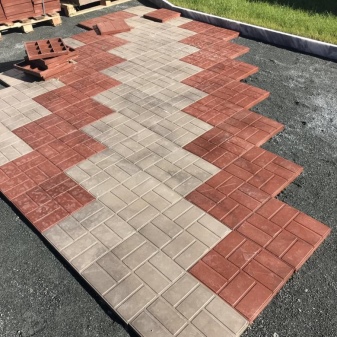
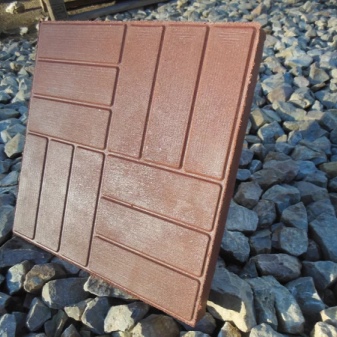
How are tiles made?
The production of sand-polymer blocks differs in the process technology.
- During vibration casting, the composition of standard materials is supplemented with additives and plasticizers... As a result, the products become more frost-resistant and less porous. This process uses molds made of high-strength plastic. After filling them with a concrete mixture, compaction occurs on a vibrating table, and then solidifies at a high temperature. The technology requires human participation, which does not allow the production of significant volumes of plates, and also increases their cost. But the method allows you to expand the shapes of blocks, surface textures, color palette.
- When vibrocompression, special matrices are used, which are located on a vibration support. It is in them that the concrete composition is poured. After that, a powerful press acts on the dies from the top. This technology is fully automated, which makes it possible to produce large batches of polymer-sand composite blocks with precise shapes and sizes. The tiles obtained in this way are denser, better tolerate temperature fluctuations, and are distinguished by their durability. The surface of the products is rough, which makes the coating safer.
- When pressed at high temperatures, good quality tiles are obtained.... It consists of polymers, sand and pigments that are mixed and then melted in an extruder. Thereafter, they are pressed using high pressure. The blocks are in the molds until they cool completely. The resulting elements are resistant to low temperatures, high loads, and an abundance of water. In addition, their surface is not slippery, which increases the safety of the coating.
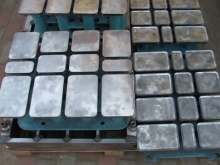
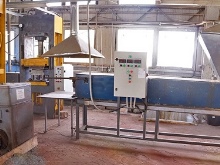
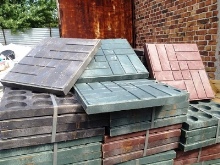
The manufacture of polymer-sand products should be carried out in a certain sequence.
- The polymer material must undergo grinding or agglomeration. This stage can be eliminated by using polymer chips.
- Next is done a mixture of refined sand, polymers, pigments, additives.
- The resulting composition must pass heat treatment and melting process.
- After that, it is served on Presswhere it takes on the required shape and size.
- Finished products pass sorting.
- The final stage is package tiles.

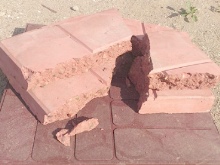
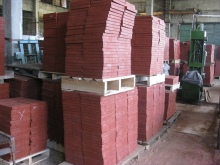
It is important to take into account that the mixture used for the manufacture of polymer sand products may differ slightly in composition.... So, it should include from 65 to 75 percent of sand, from 25 to 35 percent of polymers, from 3 to 5 percent of pigments, from 1 to 2 percent of stabilizers. The latter are needed in order to reliably protect the tiles from exposure to ultraviolet radiation.
For tinting blocks from a sand-polymer mixture, metal oxides are most often used. For example, the use of chromium oxide makes it possible to make green slabs in various shades.
To create snow-white blocks, titanium dioxide must be added. Brown, coral, terracotta or orange tiles can be produced if iron oxide is used.
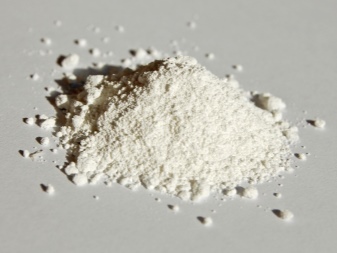
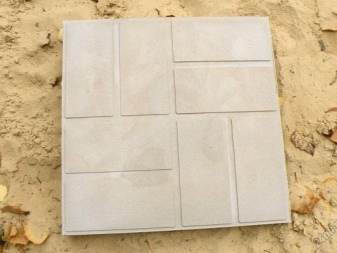
Application
Products made of sand and polymers are widely used by city dwellers, owners of country houses, builders, and designers.Of course, these tiles are most often seen on garden paths, around swimming pools or gazebos. It looks very impressive as a paving stone. Also, it is complemented by landscape design, compositions of flowers and plants.
Quite often, polymer sand blocks are used at car services and gas stations. In addition, they can decorate steps, basements and other elements of houses. In shopping centers, parks, playgrounds and other public places, sand-polymer coatings are also often found. There are options for tiles designed as shingles. This allows it to be used as a roofing material.
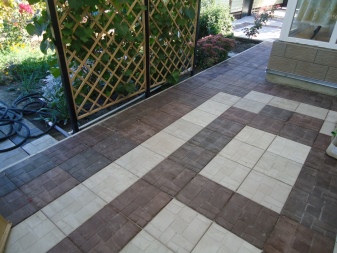
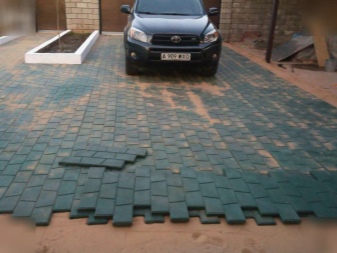
Selection Tips
First of all, when starting the choice of polymer sand blocks, one should take into account the purpose for which they will be used. It is also important to take into account the peculiarities of the climate of the region. As a rule, the marking contains the permissible ranges of temperatures and possible loads. When choosing a colored tile, it is worth considering the proportions of coloring pigments in it. European dyes do not lose their original bright color for a long time. As for low-quality pigments, they can quickly fade on the coating. It is also necessary to look so that the toning is uniform, without blotches. If there are white stains on the blocks, then this indicates that the temperature regime was violated during their manufacture.
It is advisable to take into account the shape and texture of the slabs.... There are glossy and matte options. In this case, the texture can be smooth or corrugated. It is important to correctly select the thickness of the products, in accordance with their use.... If you want to make the safest coating possible, then it is advisable to prefer the elements that have undergone textured processing. With constant washing of the coating, it is necessary to take into account in advance that it must withstand the effects of chemicals.
When choosing blocks for outdoor use, you should select options that are resistant to frost and water.
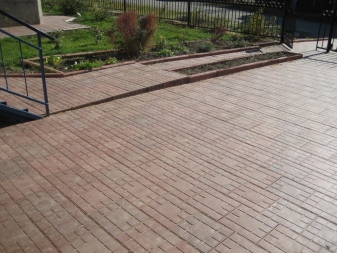
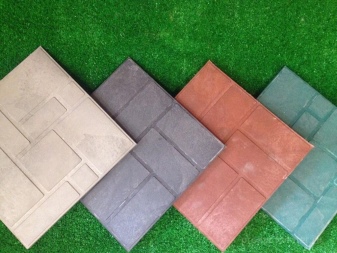
Laying methods
It is quite simple to lay polymer sand tiles with your own hands. In addition, you can choose the most optimal option for this. As a rule, future loading and soil quality are taken into account.
Blocks on the floor can be laid in the form of a herringbone or "checkerboard". The main thing is that the installation is carried out in dry weather. In this case, it is necessary to maintain a distance of 0.5-0.7 centimeters between the plates. Smooth the surface before laying. The technology for assembling sand-polymer blocks involves three methods.
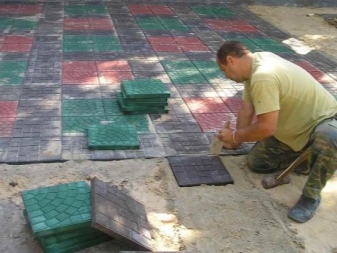
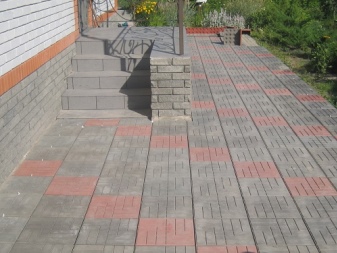
On a sand pillow
Sand laying requires preliminary preparation. It is necessary to remove from 20 to 30 centimeters of soil. In this case, it is necessary to make calculations so that the slope of the surface is correct. This will ensure good drainage. After clearing, the soil layer should be tamped. The perimeter of the site is equipped with ditches, and the bottom is compacted in the trenches. Now you can mark where the path will go and where the curbs are using ropes and pegs. In places under the curbs, you need to pour three to five centimeters of sand, add water, and then tamp well.
Next, you need to prepare a solution of cement, which will be the base. At the level noted earlier, the curb should be laid out. A layer of geotextile should be placed at the bottom of the site so that the canvases overlap each other by at least 10 centimeters. After that, the sand is laid in layers, each of which is soaked in water and compacted. As a result, you should get a sand pillow about 20 centimeters high.
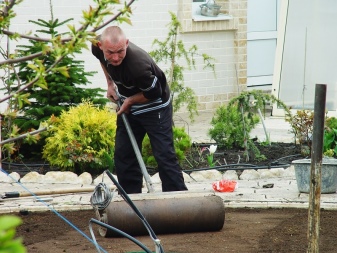
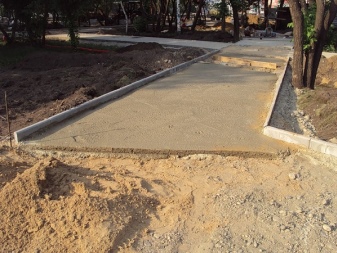
The final preparatory step is the design of the trenches to drain the rainwater. Then you can proceed to laying out the blocks at a distance of 0.5 cm from each other. In this case, it is necessary to tap on them with a rubber hammer for a better seal. The resulting joints must be filled with sand-filled sealant.
If desired, you can install an additional reinforcing layer of metal elements. It is desirable to do this in those places where high loads are possible and increased strength is required. In this case, a mixture of sand and cement is poured onto the reinforcement in a ratio of 3 to 1, with a height of 60 mm. From above, the coating must be well watered, and then the plates must be mounted.
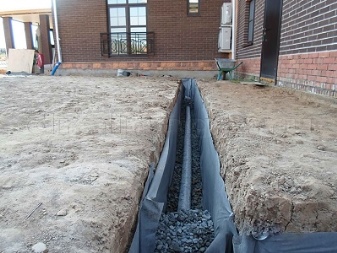
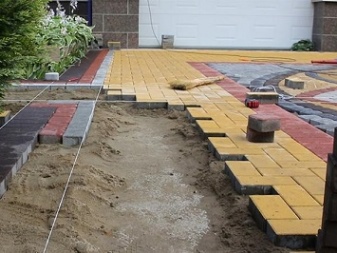
A mixture of sand and gravel
When laying on sand with gravel, fractions of no more than one or two centimeters should be used. This technology provides a strong and durable coating. It is important to compact the crushed stone well. The mixture pillow should be at least 10 centimeters high. A concrete solution is poured directly onto it with a layer of 50 mm and more, while maintaining the previously set slope.
The slab should be laid on a dry surface using a special adhesive and cement. After that, it is necessary to grout the joints with a sand-cement mixture. For this, the raw material is applied to the surface of the slabs, and then rubbed into the joints with a brush. At the last stage, they are filled with water and rubbed again.
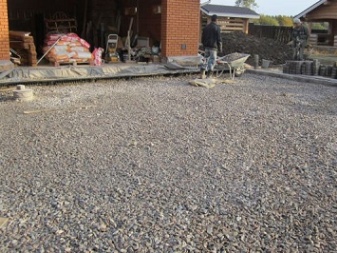
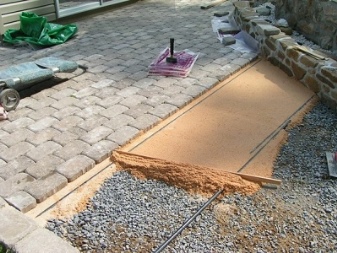
On a concrete base
Installation of polymer sand blocks on a concrete screed is also carried out with preliminary preparation. First, you need to pour a layer of crushed stone with a thickness of 150 mm. After that, lay a layer of cement mortar from concrete M-150. Blocks are laid on the resulting base with fixation with special glue.
To fill the joints, you can use a sand-cement composition.
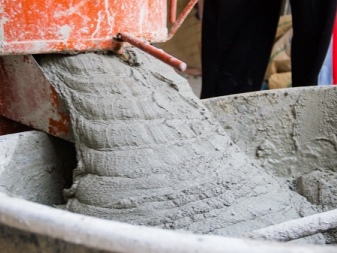

Review overview
In general, the reviews about polymer sand blocks from users are positive. Especially noted is their ability to withstand the fall of heavy objects on them without damage. Also, many emphasized the good tolerance of various detergents and temperature changes.
However, professional builders have noticed that in order to maintain the properties declared by the manufacturer, it is important to properly lay the tiles using a special glue.


In the next video, you will be laying polymer sand tiles on granite screenings.













The comment was sent successfully.